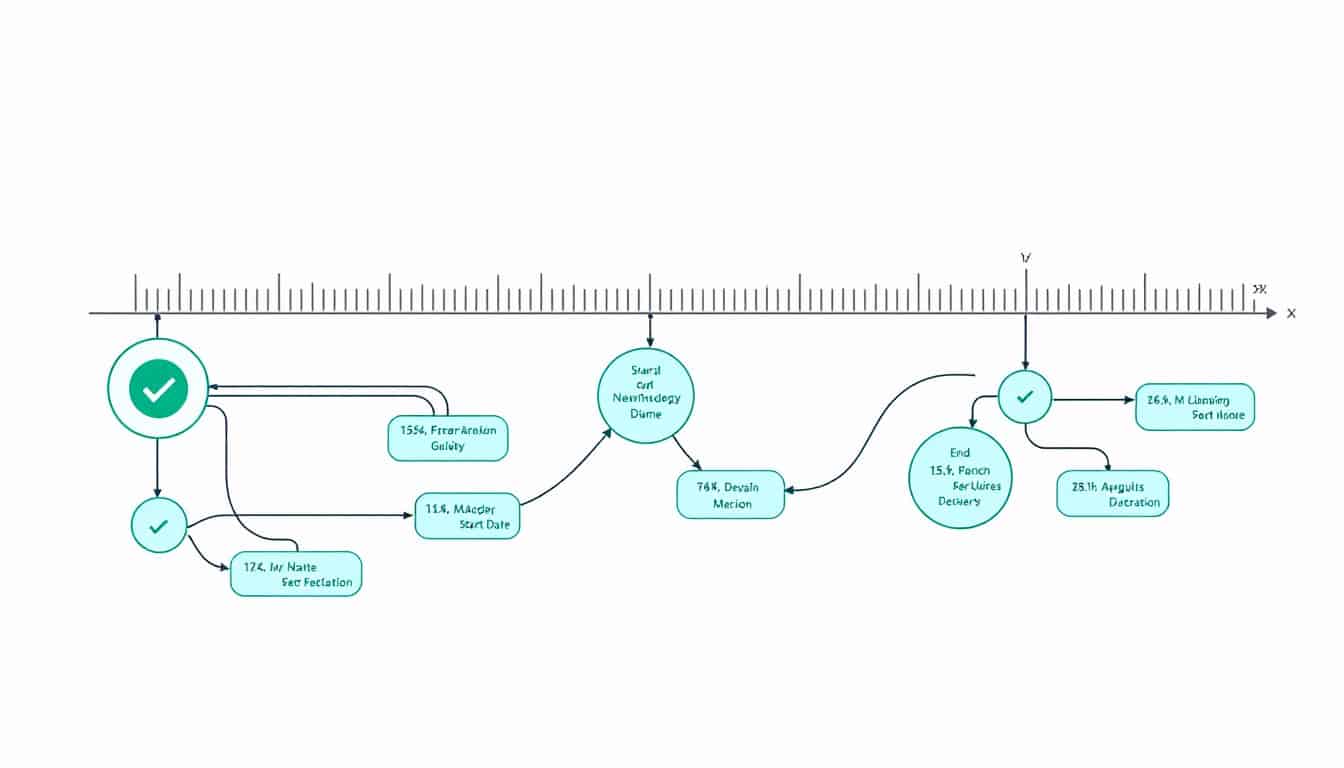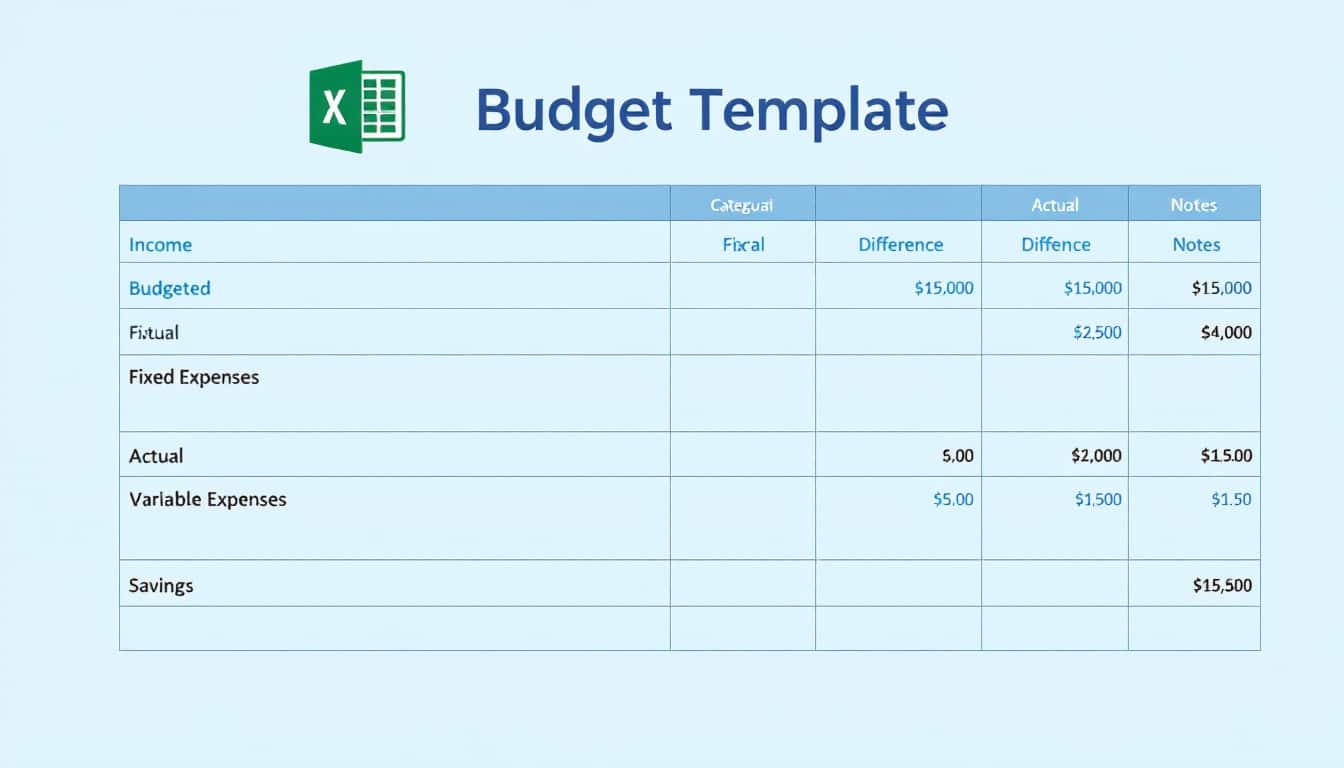The communication management in projects is a fundamental pillar that ensures the success of undertaken initiatives. It requires a well-structured communication plan, specifying what needs to be communicated to each relevant stakeholder, when, and by what means. In an interconnected world, where stakeholders play a crucial role, knowing how to adapt your message and choose the appropriate channels becomes essential. Whether to promote smooth internal communication among team members or maintain constructive dialogue with clients and external partners, every detail matters in moving the project forward coherently and effectively. Let us explore together the key elements that compose this vital function and the strategies to implement to optimize each stage of project communication.
🔥 Nous recommandons Ideamap
Ideamap est l’outil idéal pour un brainstorming ou un projet collaboratif. Grâce son interface facile et à ses fonctions IA, Ideamap booste votre créativité tout en favorisant une meilleure organisation de vos idées pour atteindre vos objectifs.
|
IN BRIEF
|
The communication management in projects is a fundamental aspect that ensures cohesion, efficiency, and success of any initiative. By carefully planning communication, projects can progress smoothly while keeping stakeholders informed. This article explores the essential elements of communication management, the strategies to adopt, and the tools to use to optimize this dimension of project management.
What is project communication management?
Project communication management refers to the set of processes and practices ensuring the effective dissemination of the information necessary for the smooth running of a project. This process includes identifying relevant information to communicate, choosing dissemination channels, as well as planning the timing and format of each communication.
Developing an effective communication plan
A structured communication plan is essential to ensure that expectations and information are adequately shared. For this, it is crucial to define and allocate the budget for communication, identify the necessary resources, and set clear objectives from the outset. Each team member, as well as external stakeholders, must have a precise understanding of their roles and expectations.
Maintaining an open dialogue with stakeholders
It is essential to maintain effective external communication to ensure that all involved parties, especially clients, are regularly informed of the project’s progress and challenges faced. An open dialogue fosters a atmosphere of trust, encourages feedback, and strengthens stakeholder engagement with the project.
Key strategies for successful communication in a project
To ensure successful communication, there are several essential strategies. First, the 3V Rule – meaning Veracity, Vigilance, and Visibility – must be considered at every stage. Next, it is essential to know your target audience well to adapt messages, tone, and format to different stakeholders. Finally, it is imperative to generate feedback to ensure that the message has been received and understood.
Essential communication tools for project management
Project management can benefit from various communication tools to facilitate information exchange. This can include information meetings to share updates, working meetings to exchange ideas, as well as steering committee meetings to analyze the progress of a project. Meeting notes should also be taken to record decisions and actions to be undertaken.
Adapting communication according to the audience
Effective communication relies on its ability to adapt based on the audience. A message that works for one group may not be as relevant for another. Therefore, it is imperative to conduct a communication needs analysis for each group to provide them with information that meets their expectations, thus fostering better involvement in the project.
Common mistakes to avoid in project communication management
Project communication can sometimes encounter obstacles. Among the frequent mistakes are the lack of clarity in messages, information overload, or conversely, insufficient information directed at stakeholders. It is also essential to avoid delays in updates that could lead to misunderstandings and affect the progress of the project.
Communication: the key to project success
In summary, communication management in projects is a cornerstone for navigating through the various phases of a project. Good communication is a true glue that unites teams, processes, and objectives. To discover more tips on planning management and project success, consult these resources: Planning management methods and tools, and for more specifically tailored strategies, also visit Practical strategies for turning around critical projects.














